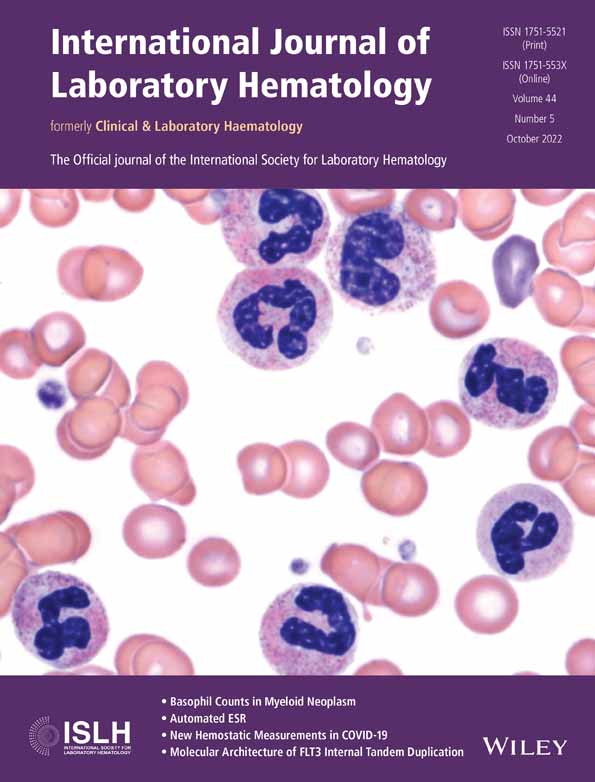Revealing molecular architecture of FLT3 internal tandem duplication: Development and clinical validation of a web-based application to generate accurate nomenclature
Abstract
Introduction
FLT3 internal tandem duplicate (ITD) is associated with unfavorable prognosis of acute myeloid leukemia; targeted therapy improves clinical outcome. We propose that FLT3-ITD detected by next generation sequencing (NGS) should be reported with the same nomenclature pattern as single nucleotide variants so that the mutation can be better interpreted clinically.
Methods
A Python-based web application was developed to generate FLT3-ITD nomenclature as recommended by the Human Genome Variation Society (HGVS). Assembled FLT3-ITD sequences from 84 patients and 11 artificially created ITD sequences were used for the validation of this web-based application. Each sequence was inspected manually to confirm that the nomenclature was accurate.
Results
Accurate nomenclatures were generated for 113 of 114 sequencing results and 7 artificial sequences. One assembled sequence and four artificial sequences were not named accurately; warning statements were automatically generated to alert further inspection. Of the 105 unique FLT3-ITDs, the ITD lengths range from 18 to 300 bp. Depending whether the ITD involves intron or extends into exon 15, three patterns were recognized. Only 44 (42%) ITDs were pure duplications, and three types of variants were identified at the 5′ of ITD. When ITD involves intronic sequence, the protein may comprise inserted amino acids encoded by the intron, due to disrupted RNA splicing.
Conclusion
The web application generates accurate FLT3-ITD nomenclature from NGS results except in rare situations. The HGVS nomenclatures provide information on the molecular architecture of FLT3-ITDs and reveal details of complex insertions with partial duplications.
CONFLICT OF INTEREST
The authors declare no conflict of interest related to the subject matter or material discussed in this article.
Open Research
DATA AVAILABILITY STATEMENT
Data available on request due to privacy/ethical restrictions.




